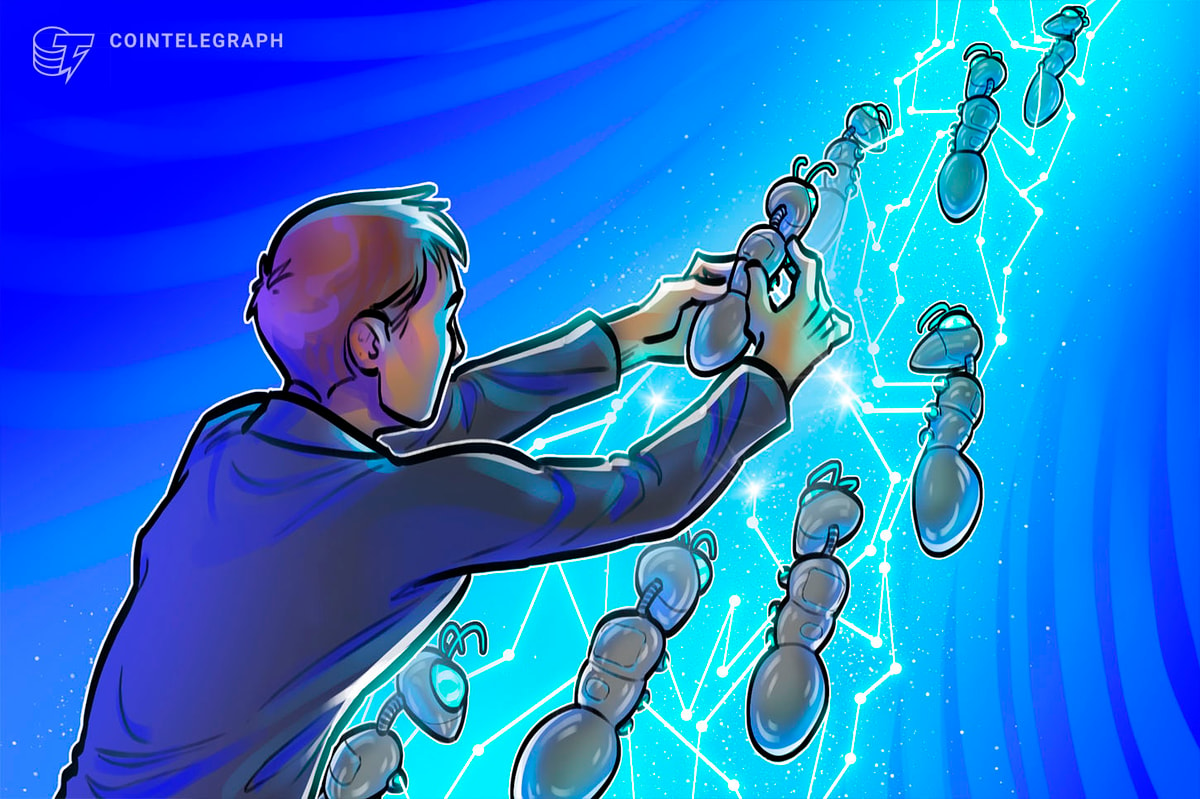
TL;DR
-
Blend lets you take a loan out on your NFTs, providing you with access to cash that you can then go and reinvest, or spend on whatever you like.
-
Meanwhile, liquidity providers earn interest by loaning out ETH, with the NFT serving as collateral.
-
If the borrower can’t repay the loan, another lender can take over the loan in the event of a refinancing auction – or in the worst case scenario, a liquidation auction can be run for the original NFT that was loaned against.
-
Based on the resurgence of NFT trading, and with the next bull run in sight, the peer-to-peer NFT trading space may be one to watch!
Full Story
Things are getting hot in the NFT lending space.
Loans backed by NFT ownership recently topped $1B USD, with lending protocol NFTfi facilitating over $406 million worth of loans to date. BendDAO is second highest with about $308 million worth, as per data from Dune.
And hot is about to get hotter
The number one (based on trading volume) NFT marketplace, Blur, just released a new peer-to-peer lending protocol called ‘Blend.’
Here’s how it works:
Imagine you own a few valuable NFTs.
Blend lets you take a loan out on your NFTs, providing you with access to cash that you can then go and reinvest, or spend on whatever you like.
Meanwhile, the folks fronting the cash earn interest by loaning out ETH, with the NFT serving as collateral.
And it’s all peer-to-peer (no middle man).
Where Blend is different compared to some of the other lending protocols, is that Blend doesn’t have set timeframes for loans to be repaid.
Instead, they’re perpetual, meaning they accrue interest indefinitely until they’re repaid, or until the lender requests a refinancing auction.
If the borrower can’t repay the loan, another lender can take over the loan in the event of a refinancing auction – or in the worst case scenario, a liquidation auction can be run for the original NFT that was loaned against.
Blur burst onto the scene in February this year, offering rewards in the form of tokens to incentivize trading.
This caused a huge increase in NFT trading volume; and since then while the volume across platforms has reduced a bit, it’s still significantly higher than in late 2022.
Based on the resurgence of NFT trading, and with the next bull run in sight, the peer-to-peer NFT trading space may be one to watch!
Read More: www.web3daily.co










 Bitcoin
Bitcoin  Ethereum
Ethereum  Tether
Tether  XRP
XRP  Solana
Solana  USDC
USDC  Dogecoin
Dogecoin  TRON
TRON  Cardano
Cardano  Lido Staked Ether
Lido Staked Ether  Wrapped Bitcoin
Wrapped Bitcoin  Hyperliquid
Hyperliquid  Sui
Sui  Wrapped stETH
Wrapped stETH  Chainlink
Chainlink  Avalanche
Avalanche  Stellar
Stellar  LEO Token
LEO Token  Bitcoin Cash
Bitcoin Cash  Toncoin
Toncoin  Shiba Inu
Shiba Inu  Hedera
Hedera  WETH
WETH  USDS
USDS  Litecoin
Litecoin  Wrapped eETH
Wrapped eETH  Polkadot
Polkadot  Monero
Monero  Binance Bridged USDT (BNB Smart Chain)
Binance Bridged USDT (BNB Smart Chain)  Ethena USDe
Ethena USDe  Bitget Token
Bitget Token  Pepe
Pepe  Pi Network
Pi Network  Coinbase Wrapped BTC
Coinbase Wrapped BTC  WhiteBIT Coin
WhiteBIT Coin  Aave
Aave  Uniswap
Uniswap  Dai
Dai  Bittensor
Bittensor  Ethena Staked USDe
Ethena Staked USDe  Aptos
Aptos  NEAR Protocol
NEAR Protocol  Cronos
Cronos  OKB
OKB  Jito Staked SOL
Jito Staked SOL  BlackRock USD Institutional Digital Liquidity Fund
BlackRock USD Institutional Digital Liquidity Fund  Internet Computer
Internet Computer  Ondo
Ondo  Ethereum Classic
Ethereum Classic